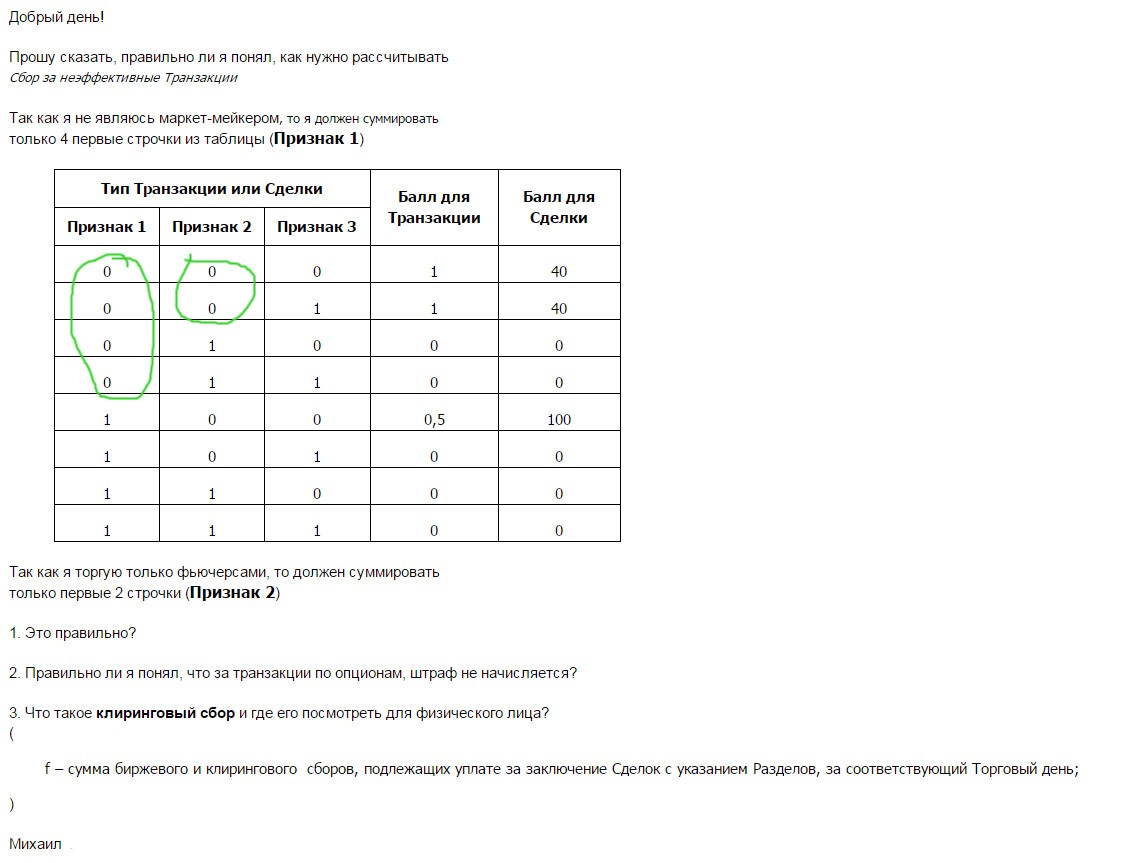Options trading has emerged as a powerful investment strategy, allowing individuals to enhance their portfolios and potentially generate substantial returns. However, navigating the intricacies of options trading fees is paramount to maximizing profits and minimizing losses. This comprehensive guide delves into the various fee structures associated with options trading, providing traders with the knowledge to make informed decisions and optimize their trading strategies.

Image: www.mql5.com
Understanding the Fee Structure
Options trading involves several types of fees, each serving a specific purpose. These fees can significantly impact the overall profitability of a trade, hence understanding them thoroughly is crucial.
Exchange Fees
Exchanges, such as the Chicago Mercantile Exchange (CME) and the Chicago Board Options Exchange (CBOE), charge per-contract fees for each transaction executed on their platform. These fees are typically tiered based on the contract type, trading volume, and other factors.
Brokerage Fees
Brokerage firms facilitate options trades and charge commissions for their services. Commission structures vary across brokers, ranging from flat fees per transaction to percentage-based fees calculated on the trade value.

Image: info.exmo.com
Regulatory Fees
Regulatory bodies impose fees to ensure the integrity and transparency of the options market. The Securities and Exchange Commission (SEC) charges a transaction fee known as the Section 31 fee. Additionally, the Options Clearing Corporation (OCC) collects a regulatory fee to cover operational costs and promote market stability.
Calculating Trading Costs
Determining the total cost of an options trade involves factoring in all applicable fees. To calculate the fees accurately, traders can use the following formula:
Total Fees = Exchange Fees + Brokerage Commission + Regulatory Fees
By substituting the applicable fees for each component, traders can estimate the total cost associated with their trades, enabling them to plan their trading strategies accordingly.
Impact on Profitability
Options trading fees can significantly impact the profitability of a trade. High fees can erode potential returns, while low fees can enhance profitability. Therefore, traders must carefully consider the fee structure before executing any trade.
Low fees are generally more beneficial for high-volume traders and those employing short-term trading strategies. Conversely, infrequent traders and those engaging in long-term strategies may not be as affected by higher fees.
Minimizing Trading Costs
Traders can explore several strategies to minimize trading costs and maximize their profitability:
Negotiating with Brokers
Brokers may offer discounted commissions for high-volume traders or those willing to commit to long-term contracts. Negotiating with multiple brokers can help traders secure the most favorable fee structure.
Opting for Flat-Fee Brokers
Flat-fee brokers charge a fixed fee per trade, regardless of the trade value. This can be a cost-effective option for traders making high-value transactions.
Utilizing Discount Brokers
Discount brokers offer lower commissions compared to traditional brokers. However, they may charge additional fees for certain services or features. Carefully evaluating the cost structure is essential before choosing a discount broker.
Options Trading Fee

Image: akowedananipa.web.fc2.com
Conclusion
Understanding options trading fees is paramount for successful and profitable trading. By carefully considering the various fee components and their impact on profitability, traders can make informed decisions and optimize their trading strategies. By employing cost-minimization techniques, traders can enhance their returns and achieve their financial goals. Remember to stay up-to-date on the latest fee structures and regulatory changes to navigate the complexities of options trading effectively. The more informed you are, the more successful you can be in this dynamic and potentially lucrative market.






